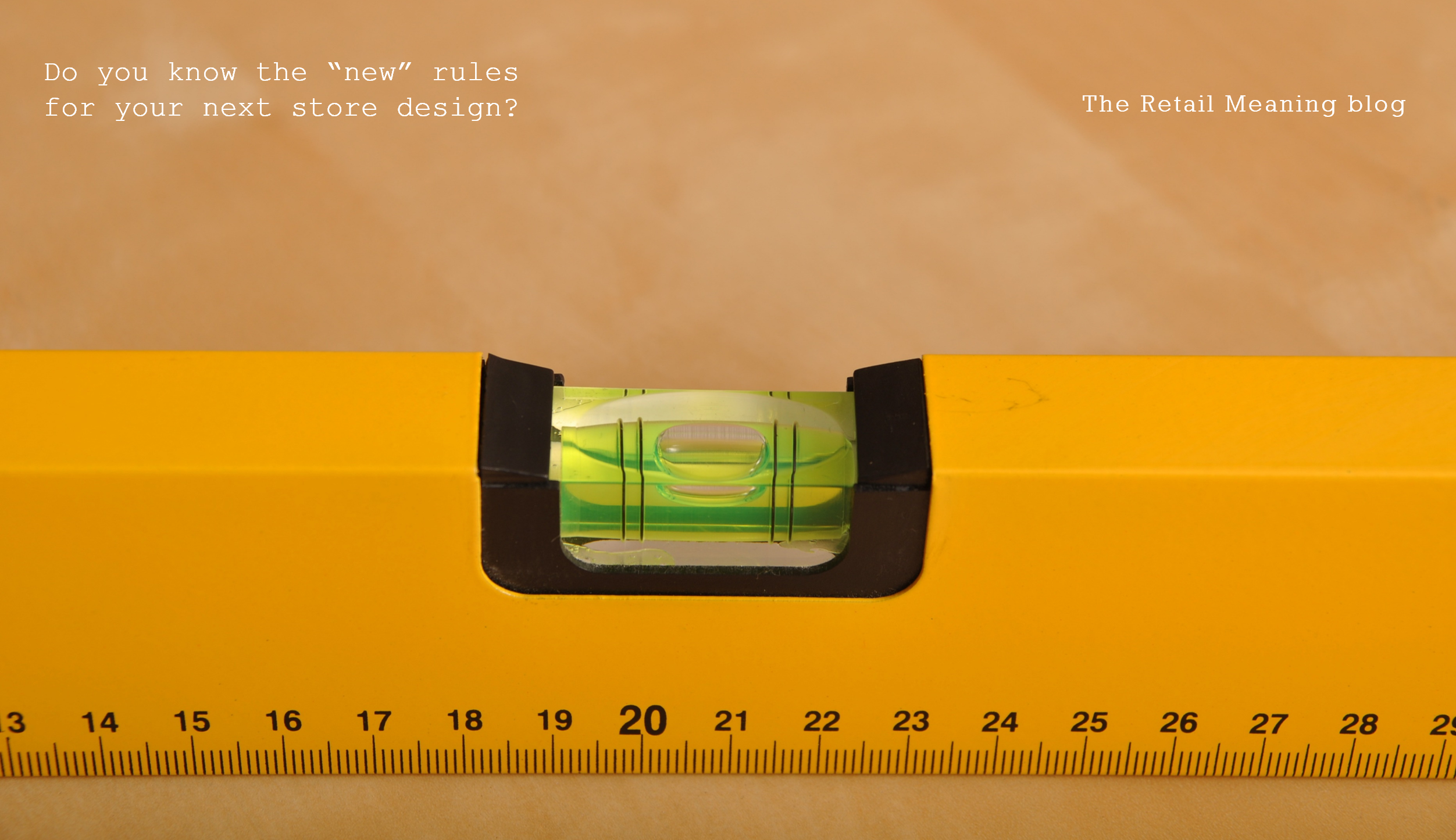Retail professionals are under extreme pressure to deliver what they always have, but now in a retail landscape that is being transformed by changing customer behaviour and a migration of retail sales to e-commerce.
There is a level of confusion and indecision that has entered many retail teams, that comes from the evolution of omnichannel. The pace of that indecision is increasing as the repercussions of wrong decisions become commercially more significant and more critical.
Getting retail right with every new store opening, with every new collection, was difficult to do with the “goal-posts in the same place” Now with the “goal-posts” moving at a pace the parameters within which buyers, merchandisers, retail marketers, visual merchandisers and store designers, retail HR and trainers need to apply their skills needs to be redefined…for every business.
Skilled experienced retail professionals need help to define the new rules & parameters of omni-channel delivery to which they can apply their expertise.
So how are the “goal-posts changing?”
Well, the way in which physical stores are needing to change in this new world are aligned with the following points
- The balance of physical stores and e-commerce certainly means more strategic portfolios of physical stores and in many cases less stores
- Physical stores need to be experiences with more investment in theatre and atmosphere
- More retail collaboration for experience and efficiency means joint stakeholders in store space, store design, and in assortment development and VM guidance
- Simply selling “other peoples stuff” is over, so product on shelves is not enough, and with Wow! events and interaction more important.
- Your people are your brand, your inspiration and your differentiation meaning new approaches to store space, staffing numbers, roles & training
- Your assortment inventory needs to be live for retailers & customers requiring different in-store technologies, daily operations and the balance of storage and floor space revised
- Marketing & Customer Insights at the head of your business need to utilise feedback from stores and respond to store trends with more flexible stock-turns and store moves.
Let’s just take the first of those points about reacting to a new balance of physical stores within the retail business.
The number of stores, their location, their assortment capacities and grading now have to be considered bearing in mind that assortment needs to be retained for online and returned from online.
The result is across the many roles of retail new rules and standards need to be defined. As a store designer, merchandiser, space allocator, store manager and HR manager I now need to know what my new parameters are…
- What size and capacity do I need to design my stores to?
- What space do I allocate to assortment…and what to storage and ecommerce stock?
- What product density do I display inside the store?
- Should the display densities be the same for all stores?
- What physical assortment capacity do I now allocate or hold back for ecommerce?
- How does this effect the type of fixtures from the ones currently used?
- Do I need different fixtures with more flexibility for capacity?
- Are all my fixtures going to be easily moveable…but does that work with the brand?
- What staffing levels do I need across this new store portfolio?
- Do stores need to be re-allocated with a different amount of space for staff services?
- What skills should my staff have in these new store concepts”
- Will they have different roles, new working flexibility and more training requirements
Every retailer needs to re-learn the specific answers to these questions and more…now
Nor, indeed will the “goal-posts” change the same for every retail business.
This will depend on the market position & price point and the key propositions that every retailer needs to communicate about itself. So in many ways no different than from before omni-channel.
However setting the correct parameters not only needs to absorb the changing role of the store, but the coordination of the store with e-commerce and online marketing activities. Most importantly every element of the store must give the same perception as its online equivalent from the way product is grouped, displayed, described and communicated to the imagery, design and dynamic of store interiors, web colours, window displays and home page sliders.
Simple benchmarking will only tell us what the market is doing. How the norm should be adapted to any specific retail business across a myriad of store elements involves more understanding and empathy.
Yet only in this way will the new rules and parameters be correctly defined to allow head office and store personnel to work in confidence, allying their skills to maximise omnichannel commercial opportunities.
